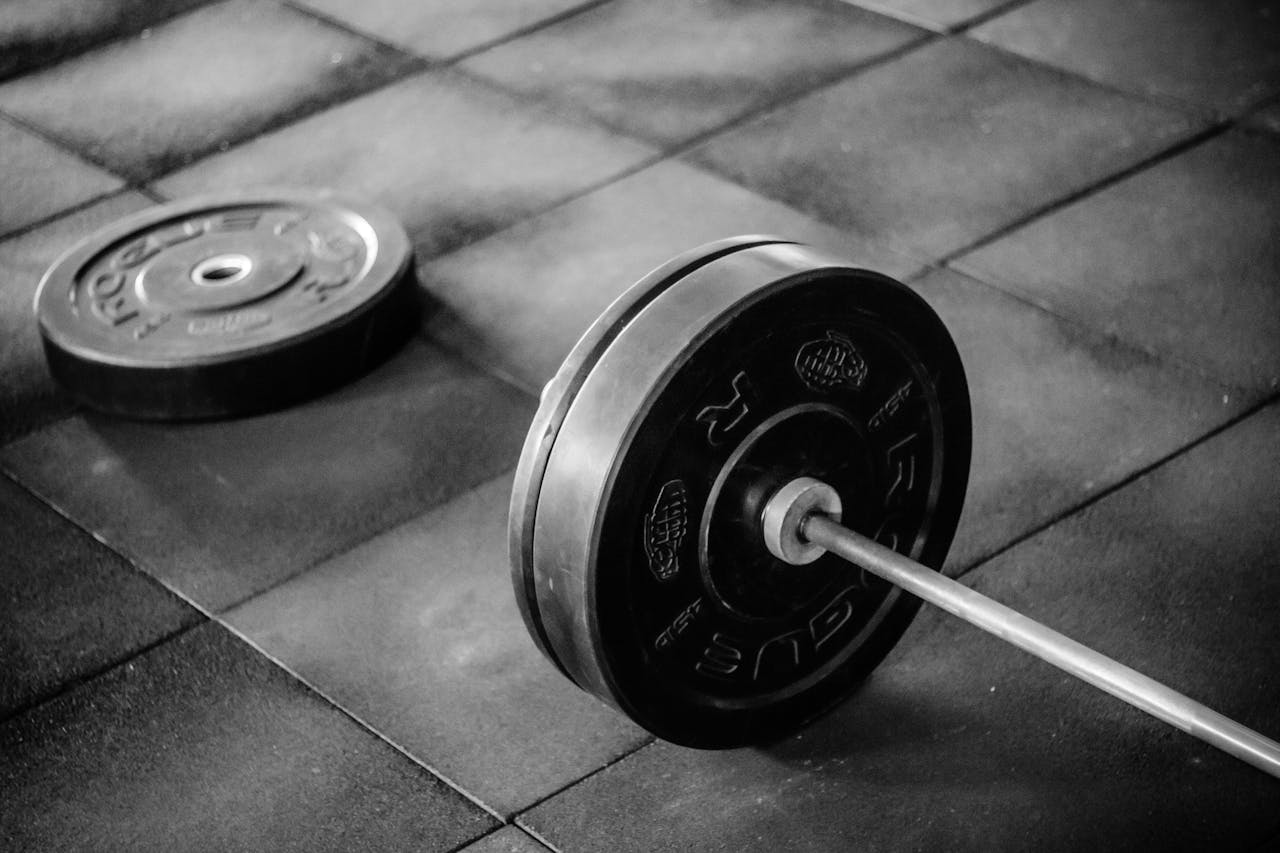Rubber flooring has gained immense popularity in recent years due to its durability, safety, and versatility. It caters to a wide range of applications, from fitness centers to playgrounds, and even residential and commercial spaces.
This guide explores the various types of rubber flooring available, their features, and their ideal applications.
1. Types of Rubber Flooring
a. Gym Rubber Flooring
Gym flooring is designed to endure heavy weights, intense impacts, and rigorous use.
Features:
- High density for impact absorption and noise reduction.
- Anti-slip surface to prevent accidents during workouts.
- Available in tiles or rolls for easy installation and customization.
Applications:
- Home gyms
- Commercial fitness centers
- CrossFit boxes
Popular Variants:
- Interlocking Tiles: Ideal for easy installation and portability.
- Rubber Rolls: Best for large areas to create a seamless look.
- High-Impact Mats: Designed for weightlifting zones.
b. Playground Rubber Flooring
Playgrounds prioritize child safety, making rubber flooring an excellent choice.
Features:
- Shock-absorbing material to minimize injuries from falls.
- UV resistance for outdoor durability.
- Bright colors and fun patterns for an engaging environment.
Applications:
- Outdoor playgrounds
- School play areas
- Indoor play zones
Popular Variants:
- EPDM Rubber Flooring: Combines durability with design flexibility, offering vibrant colors and patterns.
- Poured-In-Place Rubber Flooring: Seamless installation that adapts to various shapes and heights.
c. Commercial Rubber Flooring
Rubber flooring for commercial spaces combines functionality and aesthetics.
Features:
- Long-lasting material capable of handling high foot traffic.
- Noise dampening for quiet operations.
- Anti-slip properties for safety compliance.
Applications:
- Offices
- Retail stores
- Warehouses
Popular Variants:
- Textured Rubber Flooring: Adds grip and style to entrances and hallways.
- Smooth Rubber Sheets: Ideal for minimalist interiors.
d. Residential Rubber Flooring
Rubber flooring is becoming a practical option for homes.
Features:
- Comfortable underfoot for prolonged standing.
- Insulation properties for noise and temperature control.
- Easy to clean and maintain.
Applications:
- Kitchens
- Laundry rooms
- Home garages
Popular Variants:
- Modular Tiles: Perfect for DIY enthusiasts.
- Rubber Mats: Ideal for small spaces like entryways.
2. Key Materials Used in Rubber Flooring
EPDM Rubber
- Known for its vibrant color options and weather resistance.
- Commonly used in playgrounds and outdoor applications.
SBR Rubber
- SBR rubber is affordable and durable, suitable for gyms and industrial spaces.
- Provides excellent shock absorption.
Recycled Rubber
- Eco-friendly option made from repurposed materials.
- Offers the same durability as traditional rubber.
3. Advantages of Rubber Flooring
- Durability: Resistant to wear, tear, and heavy use.
- Safety: Anti-slip surface minimizes accidents.
- Comfort: Cushioned surface reduces fatigue and absorbs impacts.
- Versatility: Available in various forms, colors, and designs.
- Low Maintenance: Easy to clean with regular sweeping or mopping.
- Eco-Friendly Options: Recycled rubber contributes to sustainability.
4. Choosing the Right Rubber Flooring for Your Needs
Consider These Factors:
- Purpose: Determine the primary use—fitness, play, or aesthetic appeal.
- Budget: Prices vary based on material and design complexity.
- Durability Requirements: Assess the expected level of wear and tear.
- Environmental Conditions: Choose UV-resistant materials for outdoor use.
- Installation Type: Decide between DIY-friendly interlocking tiles or professional installation for seamless options.
5. Installation and Maintenance Tips
Installation
- Ensure the subfloor is clean, dry, and level.
- Use adhesive for permanent installations or interlocking systems for flexibility.
- Allow the flooring to acclimatize to the room’s temperature before installation.
Maintenance
- Sweep or vacuum regularly to remove dirt.
- Use mild soap and water for cleaning.
- Avoid harsh chemicals that can degrade the rubber.
Conclusion
Rubber flooring is a versatile and reliable solution for various spaces, offering safety, comfort, and durability.
Whether you’re outfitting a gym, playground, or commercial area, there’s a type of rubber flooring designed to meet your specific needs.
By understanding the available options, you can choose a flooring solution that enhances functionality while complementing your space’s aesthetics.
Get in touch with ACCT GLOBAL now for expert advice and quality rubber flooring in Malaysia. Let’s build something durable and safe together—reach out now!


Leave a Reply